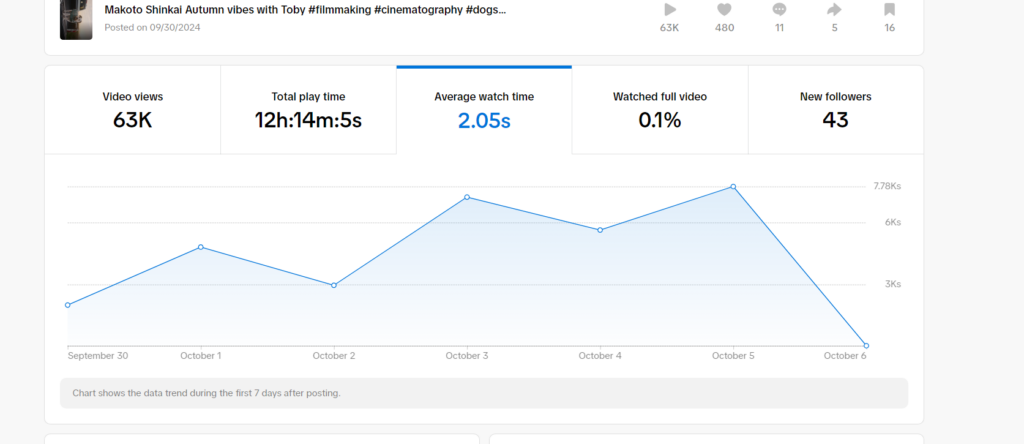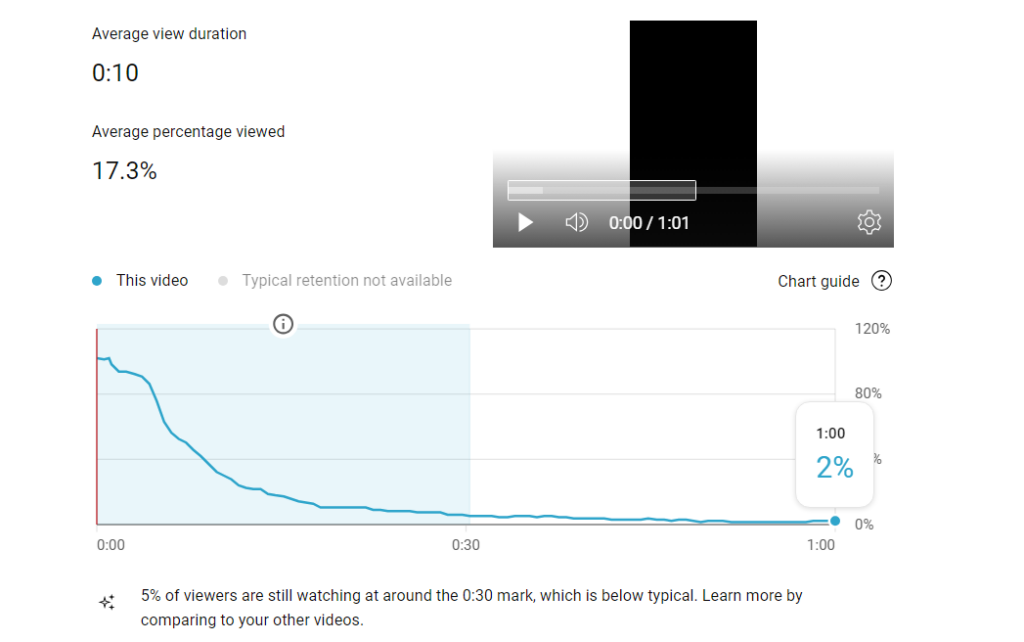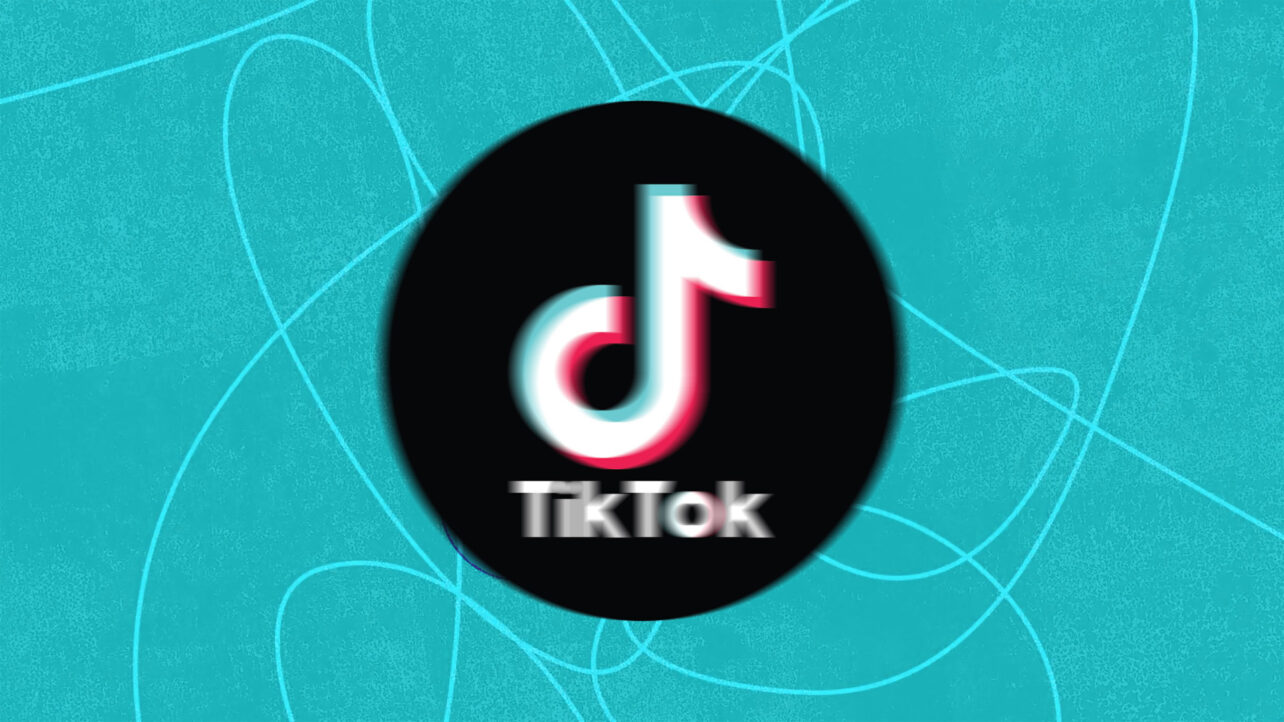In 2016, YouTube invited me to participate in their upcoming creator program. This was an invite-only program in which a handful of British creators were selected; I was given a Google-employed mentor who could help me navigate the choppy waters of educational content to keep growing it, as well as other insider tips. Just six months later, I produced one of my favorite viral videos. It had 100,000 views in 24 hours, propelling my subscriber count by tens of thousands.
With that, it was disheartening to receive the dreaded email from YouTube over the past summer informing me that I would lose access to their partnership program if I didn’t meet the current eligibility criteria (4,000 watch hours within the past year and 1,000 or more subscribers).
Unfortunately, my dedication to creating YouTube content had died over the past few years for various reasons—primarily because I couldn’t stomach the constant chase of the algorithm, focusing on ‘how to create things’ instead of simply creating them. Ironically, I later took a full-time position doing just that.
At one time, YouTube was a source of income that covered most of my small expenses, like Spotify, my phone bill, and the internet. But over the years, it dwindled to little more than pocket money as I shifted my focus to other ventures. Still, seeing how far I’d let things slip was a bit upsetting. Not one to let the embers die entirely out, I decided it might be time to reignite the fires of the UglyMcGregor channel.
Now, thankfully, YouTube doesn’t just rip the Partnership Program out of your hands when the email lands in your inbox; I still had a limited window to meet the criteria. Given the dire nature of the email, I was eager to upload something to get the ball rolling that very night, but I didn’t have anything new on hand.
Then I remembered that a few years ago after I got my RED Komodo, I shot some B-roll on the shores of South Wales on a brisk autumn night to test the camera. I uploaded some of it as an Instagram reel, as I felt it wasn’t inherently worthy of being uploaded to YouTube (a core reason I was being removed from the partner program, as it would seem).
While it wasn’t the highest-quality content I aimed for, I figured it would be an excellent place to start. Instead of uploading it as a standard video, I decided to post it as a YouTube Short to get the ball rolling.
Initially, the short didn’t get the number of views I anticipated. My channel has around 82,000 subscribers, but the video picked up only a dozen views in the first six hours. This was not the response I expected for a channel that used to pull in thousands of views daily.
Maybe it was because it was posted as a short, or maybe because nobody even recognizes my channel anymore. After a week, it plateaued around 120 and hasn’t moved much since. Not discouraged, I started working on additional long-form tutorial content again. However, a few days later, for whatever reason, I ended up on TikTok’s desktop app and noticed I was already logged in. I don’t use this platform often—I don’t even have it downloaded on my phone! I had only posted a few videos back in 2022 to compare its reach with Instagram for an article I was writing for a client.
Since the video was on my desktop, I figured, why not post it on TikTok too? And, well, the response was completely different: 55,000 views within five minutes.

55,000 views! Ok, I see why Gen-Z uses this platform more than others.
As someone who created their YouTube channel in 2009 and grew alongside its popularity throughout the 2010s, views were everything. They were the metric that determined a video’s success, the initial audience reaction, and whether you were on the right track with the content you were creating. Naturally, everyone dreamed of that viral hit that would propel their channel into YouTube stardom. And now, this was it.
It’s wild to see that on Instagram, rounded to the nearest hundred, I have about 1,600 followers, and the reel version of the video got 1,500 views. I have 82,000 subscribers on YouTube, but as of today, the video still has under 140 views—nowhere near the level of exposure you’d expect after building an audience of that size. Then there’s TikTok. When I uploaded the video, I had only 40 followers. In the first hour, it had 55,000 views.
It’s been a week now, and the video has 63,000 views. Compared to Instagram and YouTube, the level of exposure your content gets on TikTok is incomparable—or rather, it’s definitely measurable, but the difference is staggering.
The idea of chopping up more of my content into bite-sized videos to chase that viral sensation instantly popped into my head. But, being the analytical dork that I am, I knew it wasn’t all roses and sunshine.
Look at TikTok’s Analytics First
When you dig into the analytics dashboard, the story is very different. While 63,000 views might scream success, looking deeper into the watch time, new followers gained, and, most importantly, the retention rate, it’s pretty disheartening.

The average watch time for this 60-second video is just 2.05 seconds. This means that before the footage fully loads from the fade to black, most people have already scrolled past—before seeing the first edit.
As for the retention rate, after just 22 seconds, only 1% of viewers are still watching. Not a single viewer made it to the end of the video.
Not one person.

Despite the video getting 475 likes, it also only brought in 7 new followers. So, while the view count might make it seem like a successful upload, the reality is that most of those views are just impressions—people briefly see the video load on their screen before moving on.
Views Aren’t The Same As They Were in 2010
I think this is the important takeaway. In this new digital era, where bite-sized content reigns supreme, it’s easy to see accounts with millions of views and think, “Why aren’t my videos getting the same traction?” But often, that’s not the point.
In 2024, it’s no longer just about the views—it’s about the engagement. A video that racks up 65,000 views but only garners 480 likes and 11 comments isn’t really engaging. That’s a 0.74% engagement rate!
Ironically, even though this video only received 140 views when uploaded to YouTube, at least a dozen people watched it all the way through. In fact, a higher percentage of viewers completed it on YouTube than among the 65,000 views it received on TikTok.

To me, this highlights a significant shift in the digital landscape. With the overwhelming number of users on social platforms, views have started to lose meaning. What matters now is engagement. Whether through likes, comments, shares, or simply watching a video all the way through, engagement is the true success metric.
For millennial filmmakers who’ve been on YouTube for years, while high view counts on newer platforms might seem impressive, they pale in comparison to the more meaningful views of the past. Today, the true value lies in those real, meaningful interactions.
With that, I should get back to prepping another video to claw my way back into the partnership program. You can subscribe if you like.

